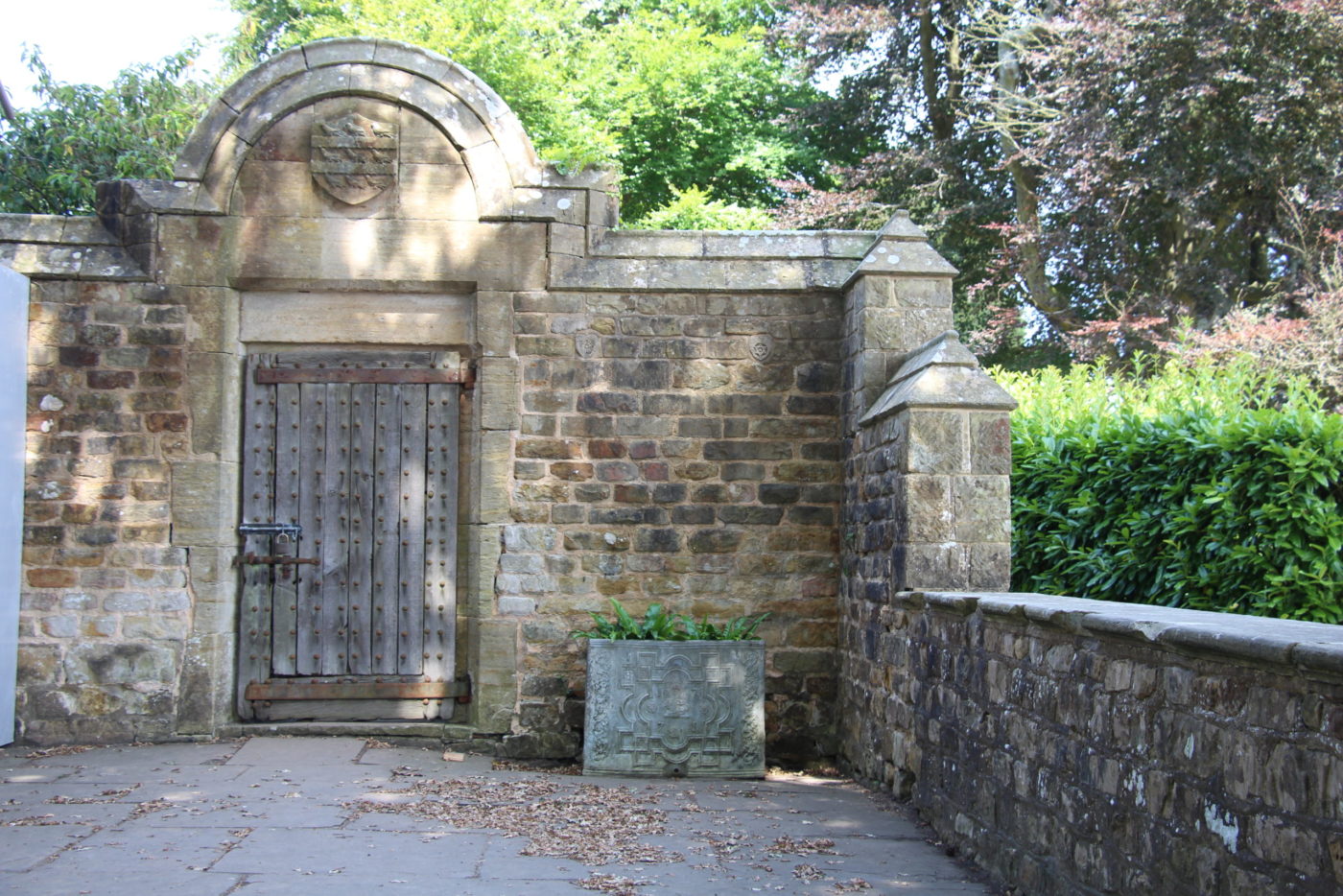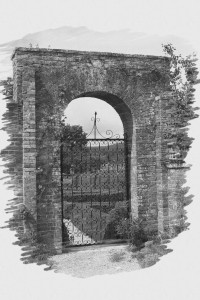The wall is one of the oldest manmade structures, and its use in gardens is as old as gardens themselves. The word comes from the West Saxon weall which in itself comes from the Latin vallum meaning a rampart and in the garden walls are used as a natural development of earth ramparts. Initially walls in gardens were to divide the gardens private space from the rest of reality, but over the centuries their roll has evolved.
It must have quickly become apparent that walls change the immediate environment around them; providing shade, shelter, warm and support. A wall facing the south will create an area of warmth immediately in front of it both by reflecting the suns warmth and by absorbing this heat and then gradually releasing it after the sun has gone down. An east facing wall will heat up early in the day and then release its heat when it is in shade in the afternoon, where as a west facing one will heat up later in the day preventing the rapid and damaging thawing of delicate spring blossoms. A north facing wall on the other hand will be cool and shady demanding plants suited to those conditions.
What is often over looked though is the effect walls have on the moisture in soil immediately beside them. The porous nature of brickwork will tend to draw moisture from the soil against it. A greater effect though will be from the tendency to prevent rain being blown onto the leeward side of the wall; making the side sheltered from the prevailing wind drier. This effect will be further exasperated by any over hanging coping and more so by the eves of a roof.
In addition walls have a psychological effect; changing the way we perceive the space they enclose and its relationship with what is beyond them. Their presence can create a sense of privacy and security to those on both sides of the wall. Even a low wall creates a strong dividing line between the parts it separates; allowing the areas within the garden to be compartmentalised according to their form and/or function. Thereby creating uniformity: stopping different styles and uses clashing; in forcing a sense of order.
A further layer is added to this relationship by the openings placed in walls. Large ornate gates form an imposing status symbol, framing and thereby controlling the view of the area with in. Small openings control both the access to the interior space and what can be seen of it creating a different sense of drama. This can be further manipulated by the choice of how this opening is filled. A solid door will block the view out of the walled area while creating a sense of mystery: while one that you can see through will entice the viewer though into the space beyond.
Each wave of garden design style has found new uses for walls, as the demands we place on gardens change and new materials to construct them from become available. Thus the role of the garden wall continues to develop with each generation of gardeners.




